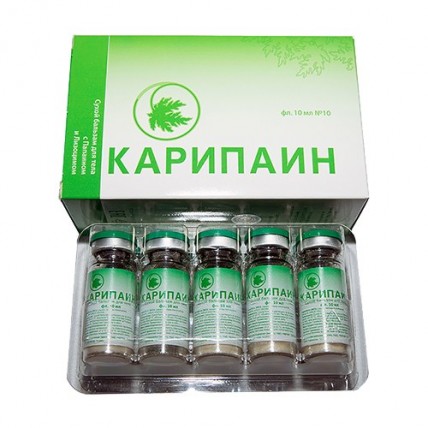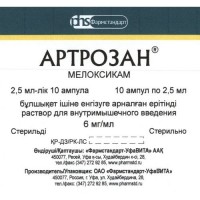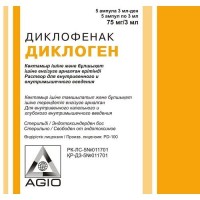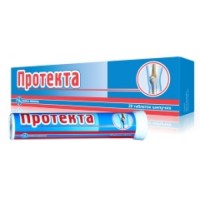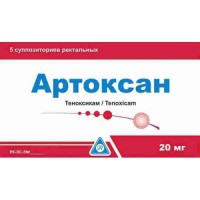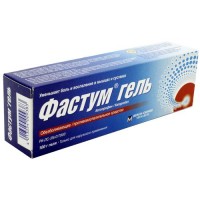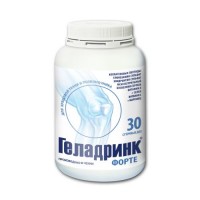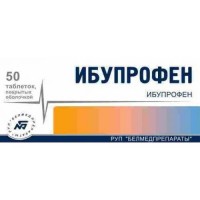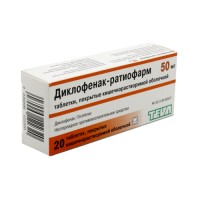What is Karipain Enzyme Body Balm?
Karipain Enzyme Body Balm is a natural, enzyme-based therapeutic product used to treat conditions affecting the spine, joints, and cartilage.
It is particularly effective for degenerative and inflammatory disorders such as herniated discs, osteochondrosis, and joint contractures.
The key active ingredient, papain, is an enzyme extracted from the latex of the papaya fruit.
This enzyme has proteolytic properties, meaning it helps break down proteins, specifically targeting dead or damaged tissues.
This process encourages regeneration by allowing healthy cells to repair the damaged areas, thus promoting healing in the affected cartilage, bone, or connective tissue.
Papain, combined with other ingredients like lysozyme and sodium chloride, enhances the body's natural healing processes.
When applied to areas like the spine or joints, Karipain softens herniated discs, reduces inflammation, and relieves pressure on nerves and blood vessels.
This helps alleviate pain, improve mobility, and restore function in the treated areas.
Karipain’s versatility makes it suitable for various treatments, including degenerative spine conditions, scar tissue reduction, and the management of joint stiffness following injury or stroke.
Its effectiveness is enhanced when administered via electrophoresis, a technique that uses mild electrical currents to increase the absorption of the active ingredients into the tissues.
What are the active ingredients in Karipain Enzyme Body Balm?
Karipain Enzyme Body Balm consists of a blend of natural ingredients, with the key components being:
- Papain: A cysteine protease enzyme from papaya that helps break down dead tissue, creating optimal conditions for healing.
- Lysozyme: An enzyme that supports immune function and may aid in reducing inflammation.
- Sodium Chloride: Helps in balancing fluids around the treated area.
- D(+)-Lactose Monohydrate: Functions as a stabilizer in the formula.
How does papain work to relieve spine and joint pain?
Papain, the main active ingredient in Karipain, works by targeting areas of damage in the cartilage of the spine and joints. When applied, papain breaks down dead cells, allowing healthy tissue to regenerate more efficiently. This leads to a reduction in herniated disc size and softening of the affected area, relieving pressure on surrounding nerves and blood vessels. As a result, pain is reduced, and mobility is often restored more quickly.
What are the proven benefits of Karipain Enzyme Body Balm?
Clinical studies have demonstrated the effectiveness of Karipain in over 77% of cases, showing significant improvement in muscle tone, joint mobility, and overall spinal biomechanics. Patients have reported reduced pain, improved movement, and less stiffness, especially in the morning. This makes it a popular choice for conditions like herniated discs, joint contractures, and keloid scars.
What conditions can Karipain Enzyme Body Balm help treat?
Karipain is commonly used to treat a range of musculoskeletal issues, including:
- Spinal osteochondrosis
- Herniated intervertebral discs (including Schmorl’s hernia)
- Post-traumatic and post-stroke joint contractures
- Keloid scars
- Discogenic radiculitis
- Tunnel syndrome
How is Karipain Enzyme Body Balm applied?
Karipain is administered primarily through a technique called electrophoresis, which uses electrical currents to help the active ingredients penetrate deeply into the affected tissues.
This method is essential for targeting deep-seated issues such as spinal or joint damage.
Here is a step-by-step breakdown of how Karipain is applied:
Preparation of the Solution:
- Before the procedure, the contents of one vial of Karipain (1 gram) are dissolved in 10 ml of saline solution or water for injections. To enhance the absorption of the active ingredients, 2-3 drops of DMSO (dimethyl sulfoxide) are added to the solution. DMSO is known for its ability to improve the permeability of cell membranes, facilitating better absorption of the balm.
Preparation of Electrodes:
- The prepared solution is applied to white filter paper, which is then placed on the electrodes. These electrodes are used to deliver the electrical current necessary for the procedure. The size of the electrode pad is typically 10x15 cm, allowing for a wide area of treatment.
Temperature and pH Settings:
- The temperature of the electrode pads should be carefully controlled between 37°C and 39°C (98.6°F to 102.2°F) using a water thermometer. This temperature range ensures optimal absorption of the active ingredients without causing skin irritation.
- The solution should have a pH range of 5-7, which is ideal for maintaining the stability and activity of papain during the procedure.
Application of Current:
- The electrodes with the solution are placed on the affected area, such as the spine or joint. The electrical current is applied starting at a low level (5 mA) and gradually increased to 10-15 mA. This step-by-step increase is crucial to prevent skin irritation and ensure the patient's comfort during the procedure.
- The exposure time during each session ranges from 10 to 20 minutes, depending on the patient’s condition and tolerance. As with the current, the exposure time is increased gradually across sessions.
Course of Treatment:
- Karipain treatment typically involves a series of 20-30 sessions. Sessions may be conducted daily or with breaks of 1-2 days between treatments, depending on the patient’s condition and the doctor’s recommendations.
- For complex conditions such as herniated discs, multiple courses may be required. The doctor may recommend 1-3 courses with a 30-60 day interval between each course. The specific number of courses depends on the severity of the condition and the size of the herniation (larger hernias over 5 mm may require up to three courses).
Post-Procedure Care:
- After each session, it is important to maintain the treated area clean and avoid any physical strain that might aggravate the condition. Patients may feel mild discomfort initially, but this usually subsides as the treatment progresses.
Important Notes on Application:
- Karipain should never be administered intravenously or intramuscularly. It is strictly for topical use with electrophoresis.
- If symptoms temporarily worsen between the 5th and 8th session, patients should not discontinue treatment, as this is a common response that typically resolves within a few more sessions.
Electrophoresis with Karipain is a non-invasive and effective method to deliver the active enzymes directly into the tissue, ensuring that the treatment reaches the problem areas more effectively than oral medications or topical creams could.
By adhering to the recommended procedure, the balm helps in reducing pain, improving joint mobility, and accelerating tissue regeneration
What are the storage conditions for Karipain Enzyme Body Balm?
To maintain its effectiveness, Karipain should be stored in a dry, light-protected place at a temperature between 0°C and +20°C (32°F to 68°F).
Are there any side effects or contraindications?
Some patients may experience temporary worsening of symptoms after 5-8 sessions, but this typically resolves within 3-5 sessions. It is crucial not to stop treatment during this period. Karipain should not be administered intravenously or intramuscularly, and it is contraindicated in cases of hypersensitivity to its components, acute inflammation, or hernia sequestration.
